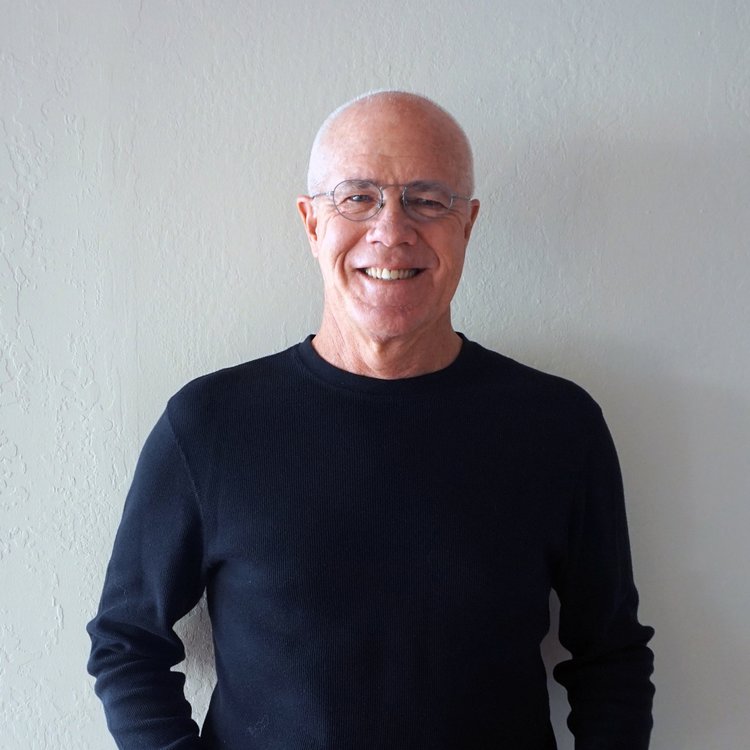First Hit: A wonderful film about a beautiful man.
Loosely using the 14th Dalai Lama’s 80th birthday celebration in New York City as the centerpiece for this story, this 2015 celebration was a long way from his humble roots in rural Tibet. In this film, director Mickey Lemie paints a short historical vision of His Holiness's (HH) story from child, to spiritual leader of Tibetan Buddhism, to political and governmental leader of Tibet, his forced exodus to northern India and his ascension to world spiritual leader.
The main question is: Will he be the last Dalai Lama? A group of people lead by the Panchen Lama are charged with selecting each Dalai Lama. The reverse is also true; meaning the Dalai Lama leads the selection of each Panchen Lama. The Chinese government has short-circuited this process by kidnapping the last Panchen Lama at age six. He’s not been heard from since. The Chinese have announced that they will select the next Dalai Lama because they want to influence and control the Tibetan people. It is likely they will purposefully anoint a new Panchen Lama, who has their ideals, and then give him directions as to who to select for the next Dalai Lama.
The Tibetan Buddhist tradition for selecting their leaders has been broken. Therefore, the question is will the Dalai Lama reincarnate? He says not in Tibet or China but possibly somewhere else in the world.
I cried, on and off, throughout the film because of the compassionate beauty of His Holiness’s (HH) spirit that showed through each scene. I was in his current home town of Dharamsala, India in December of 1998 when he gave talks at the public meeting/teacher area. I was honored to be in the receiving line and he blessed my silk prayer scarves. I've also seen him speak in San Francisco twice since then and each time, I sat in humble gratitude.
He is, as his name means, an “Ocean of Compassion.” His clarity of purpose is to give to others and this is his path to happiness. Being altruistic is his way to joy. He believes that if one focuses on giving to others you begin to cultivate true joy and it becomes the example to others.
When he discusses the people who have immolated themselves to draw attention to the Tibetan’s plight of the Chinese takeover of their country, I cried sobbingly out-loud in my theater seat (I apologize to anyone who was disturbed by this). The belief of doing no harm to others is deeply entrenched in Tibetans and to bring attention to their plight, they will not harm or go to war with the Chinese, so immolating themselves becomes one way they can bring needed attention to their situation. Later in the film they showed a few of these people’s pictures on the screen and my tears abundantly flowed again.
Another surprising scene included an interview with former President George W. Bush. I have never liked this President, however seeing how HH touched his soul with compassionate beauty, I was heartened. He did a painting of HH which was nice, but it was that he was the first President to publicly lend his office to be with HH when he received the Congressional Gold medal that struck me as powerful.
There were many other touching scenes that brought tears of joy and sadness and there were many scenes of laughter because HH has a wonderful delightful laugh. However, since spending three weeks in Tibet 18 years ago and finding the country and people to be embedded in my spirit, the film reminded me that my heart ached for these beautiful people to freely govern themselves.
The Philip Glass music was phenomenal. Lemie did a masterful job of capturing the spirit of His Holiness the Dalai Lama physically, mentally and spiritually.
Overall: I was blessed to see him in person and embraced this film with loving openness.
